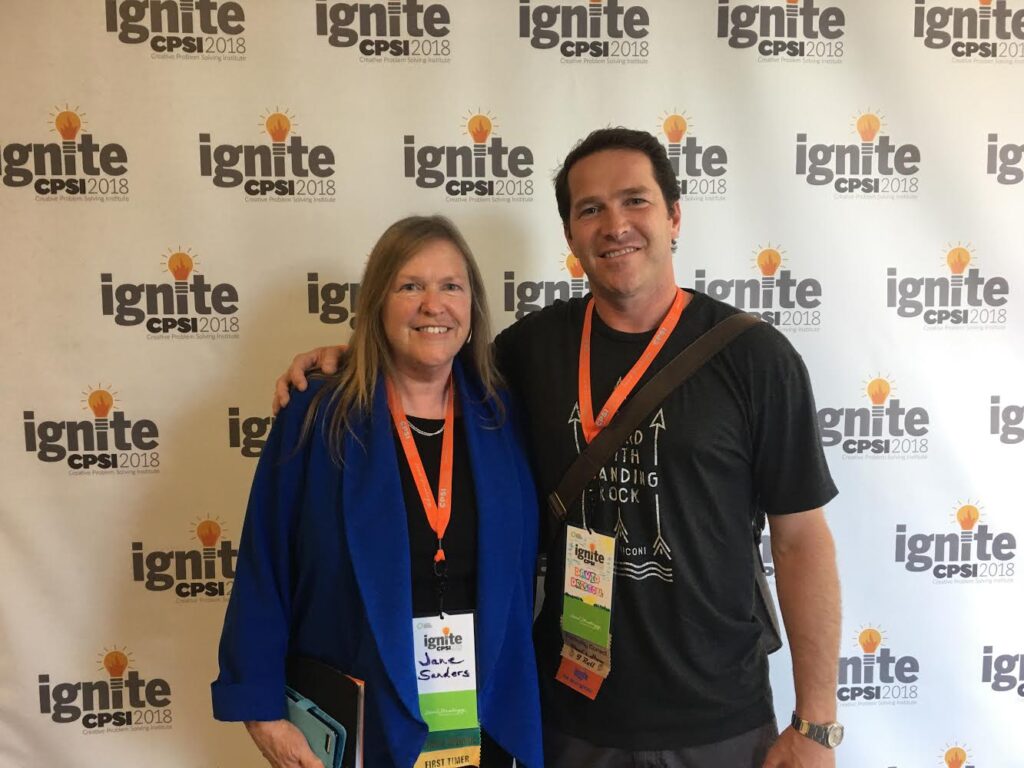1. A record high of 75 percent of Americans now say immigration is a “good thing” for the country.
2. America needs more immigrants, not fewer, because our population is rapidly aging.
3. Historically, new immigrants have contributed more to society in taxes than they have taken from society in terms of public assistance.
4. Most immigrants don’t take jobs away from native-born Americans. To the contrary, their spending creates more jobs.
5. Trump’s claim that undocumented immigrants generate more crime is dead wrong. Both legal and undocumented immigrants are significantly less likely to commit crimes than people born in the United States.
6. Violent crime rates in America are actually at historical lows, with the homicide rate back to its level from the early 1960s.
7. Illegal border crossings have been declining since 2014 – long before Trump’s “crackdown.” There is no “surge” in illegal immigration.
Please spread the truth.


 Buffalo, New York – I’m very pleased to be here with you all tonight. I have to have to tell you, when I read about all that The Creative Education Foundation and The Creative Problem-Solving Institute (CPSI) have been doing for so many years, I felt like I found a home. This is the way my mind works. Divergent thinking is my innate tendency. When considering a problem, I usually consider the universe of options and then bring it in. It’s difficult to find interlocutors who think like this, who don’t feel overwhelmed by this approach. Many people don’t understand the distinct ways you have outlined for approaching challenges or opportunities in everyday life – not just in an organizational setting. I’m looking forward to learning some of the tools to train my mind more effectively and to share the processes you have developed – including seeking wild ideas before moving on to convergent thinking. The most important information I gleaned from my readings is an understanding that the process is cyclical and needs to be repeated at each step. I’m sure we’ll have many interesting conversations over the week.
Buffalo, New York – I’m very pleased to be here with you all tonight. I have to have to tell you, when I read about all that The Creative Education Foundation and The Creative Problem-Solving Institute (CPSI) have been doing for so many years, I felt like I found a home. This is the way my mind works. Divergent thinking is my innate tendency. When considering a problem, I usually consider the universe of options and then bring it in. It’s difficult to find interlocutors who think like this, who don’t feel overwhelmed by this approach. Many people don’t understand the distinct ways you have outlined for approaching challenges or opportunities in everyday life – not just in an organizational setting. I’m looking forward to learning some of the tools to train my mind more effectively and to share the processes you have developed – including seeking wild ideas before moving on to convergent thinking. The most important information I gleaned from my readings is an understanding that the process is cyclical and needs to be repeated at each step. I’m sure we’ll have many interesting conversations over the week.